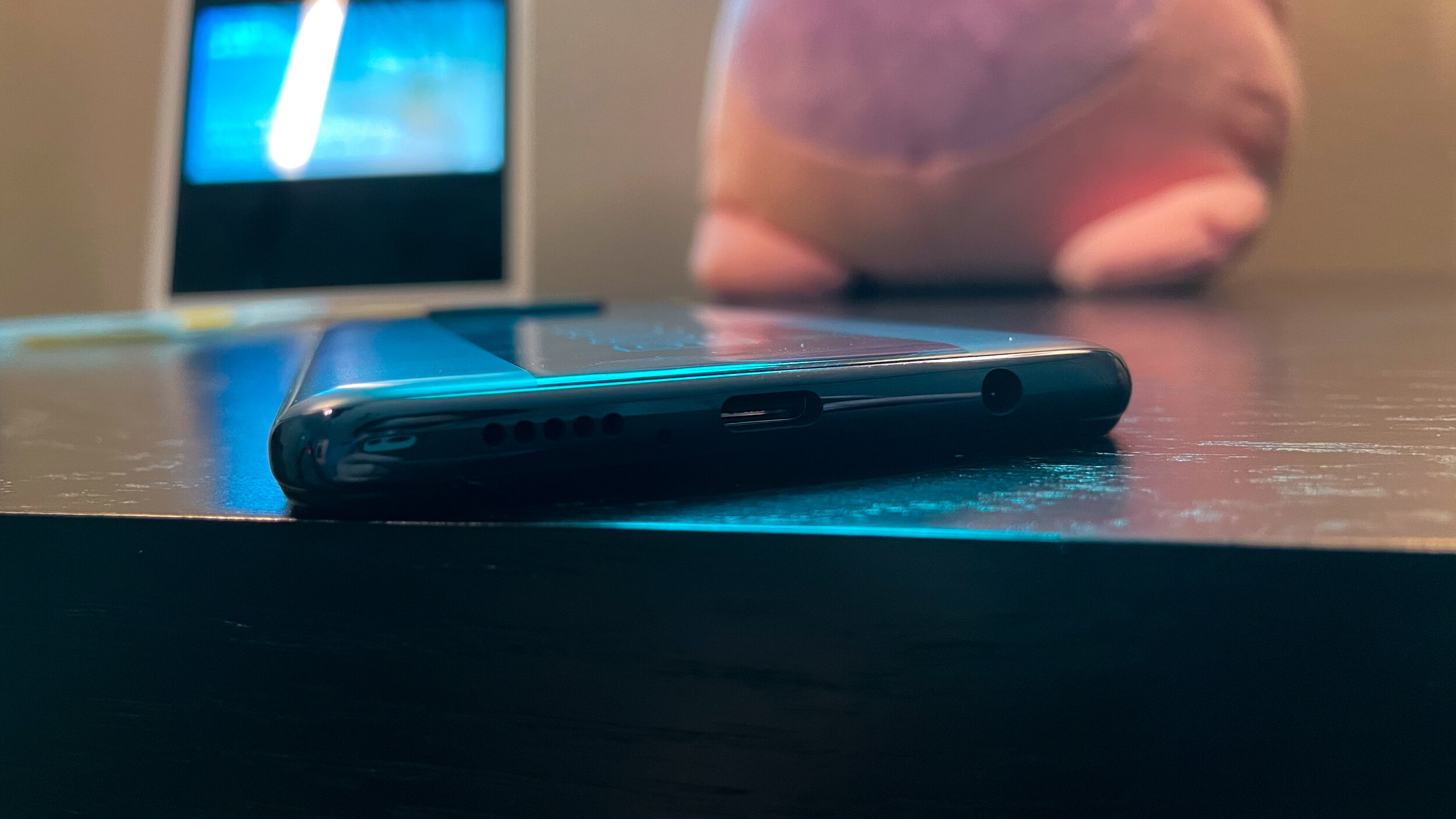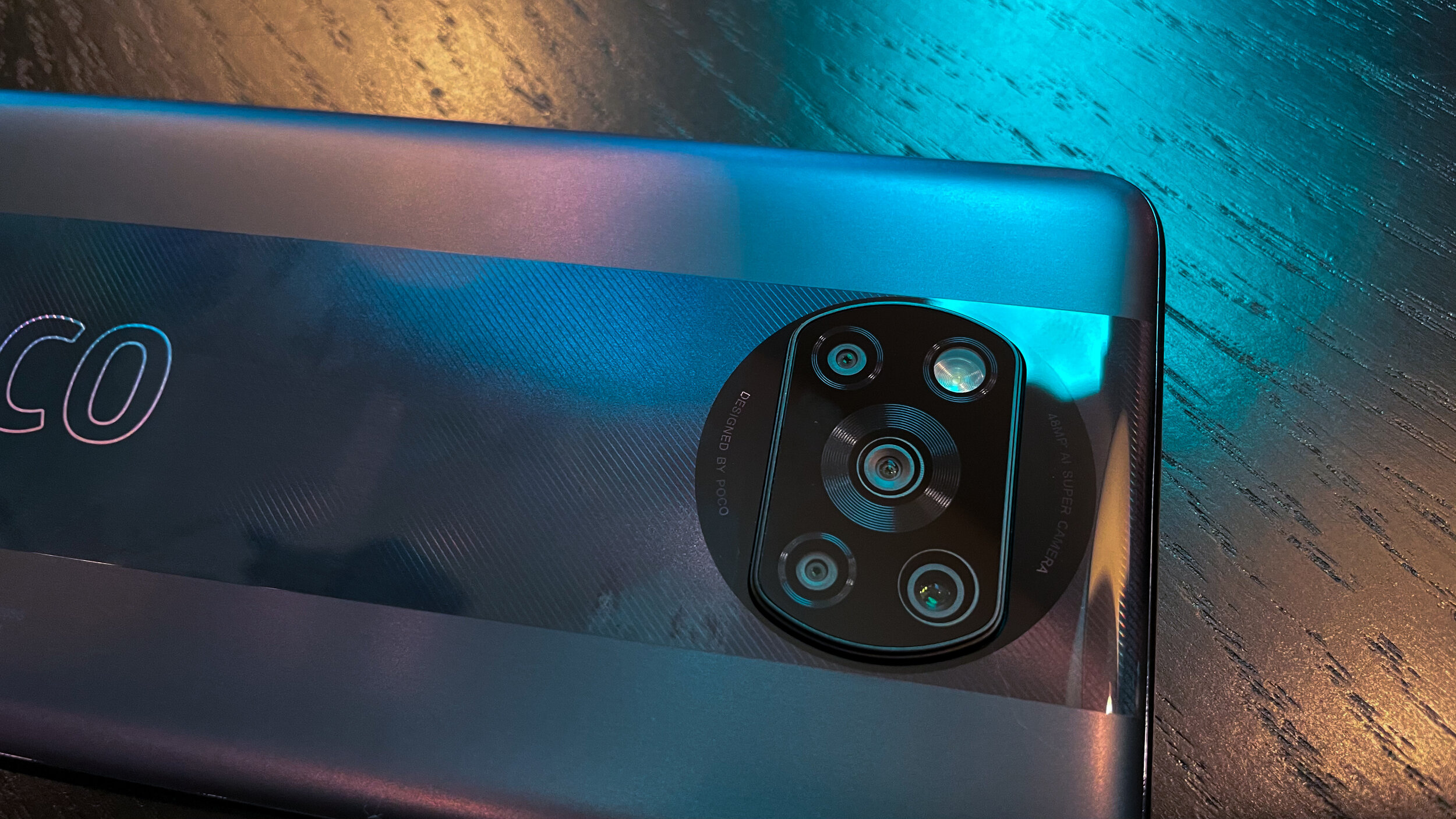Hands On with the POCO X3 Pro
Retail Price: $270.00
Buy on GearBest
DISCLAIMER: POCO SENT US A REVIEW UNIT OF THE X3 PRO BUT ALL THOUGHTS AND OPINIONS ARE OUR OWN
Poco first came to prominence as a fresh brand embodying the ideology of “Flagship Killing” as its primary purpose. After exploring with actual budgetary products using lower priced processors like the Poco M3, Poco returns to true form with the X3 Pro. The name of the game is specs and the Poco X3 Pro delivers triumphantly for the price tag of around $300.
A Unique Look
With 6 GB of ram and 128 GB of storage on our model, the phone is somewhat uplifted to flagship territory thanks to the brand new Qualcomm Snapdragon 860 processor. While the Snapdragon 860 chip was Qualcomm’s way of introducing a new high-mid tier segment to the phone market, it analytically falls short of matching up to the actual flagship processor of 2020, the 865, in just about every benchmark. As essentially a Snapdragon 855+ with a slight boost, you’re actually getting flagship performance from yesteryear to be exact. Still, when you reconsider how much you actually do get in performance instead of how much you don’t get compared to the 865, for $300, this shapes up to be terrific value for any buyer looking for a smartphone in 2021.
The Poco X3 Pro comes in a familiar unboxing experience with all the usual suspects inside the box from the Chinese manufacturer. What makes the phone unique out of the box is the dual toned rear side. Even though the phone is made of plastic construction, it is split between a matte brushed plastic and a glossy strip meant to resemble glass. When I first pulled the phone out of the box and removed the plastic, I honestly thought it was one of those strips of plastic protecting glass that you were intended to remove before use! That bit of embarrassing misunderstanding aside, the phone actually feels very sturdy. It is quite lofty in weight. No surprise here as the shell houses a monstrous 5160 mAh battery inside. I have high hopes for the battery life on this phone, especially seeing as the IPS panel is only a 1080p one on here.
At 6.67 inches with a 20:9 aspect ratio, the display seems vibrant and sharp, at least from initial impressions. 395 ppi is a solid density number for a phone of this price and a huge selling point is the 120 Hz refresh rate. Not every high refresh rate panel is equal so we’ll reserve our thoughts for the full review after putting a few hours into games and UI scrolling on the X3 Pro.
Some Impressive Features
Other valuable inclusions onto the spec sheet include fast charging up to 33W. That’s supposedly 100% of battery life in 59 mins. We’ll put the phone through our unique usage to see what real world usage amounts to. There’s a side mounted fingerprint sensor embedded into the power button. If you’ve used an Xperia in the late 2010’s, this is essentially the same thing. Poco has retained fan favorite things like microSD card expansion, NFC and a 3.5 mm headphone jack.
The camera layout on the X3 Pro is actually quite unique. A quick glance at the circle area and you’d probably mistaken the phone for having 5 sensors. It actually only has 4 as one of the round enclosures is the flash. The typical sensor types are all here including the big megapixel count wide sensor (48 MP f/1.8), the 8 MP f/2.2 ultrawide, the 2 MP f/2.4 macro, and the 2 MP f/2.4 sensor for depth. One thing we’re quite interested in trying out is the dual video recording where Poco’s software allows you to use the rear camera collaboratively with the front facing 20 MP f/2.2 one. This could make for some interesting content creation.
More to Come
There’s a lot more for us to discuss regarding the Poco X3 Pro and that’s also one of the reasons why this phone has high aspirations to take some market share away from other budget devices like the OnePlus Nord series. It has the shiny new (slightly deceptive) processor number, surprisingly beefy specs all around, and it actually looks like a slick phone. Factor that in with the fact that MIUI has simplified itself to resemble a standard Android experience much more than in its early days and you have the recipe for what looks like a good experience. Out of the box we already have Android 11 on here which is already a win for $300, simply because many phones shipping to this day still come with Android 10. Be sure to check back in a few weeks for our full review of the Poco X3 Pro to see if the initial promise can actually translate to real world results.
















Alex
Caught in between the conundrum of his fascination with retro and the future, Alex has a very unique taste in technology. Never one to follow trends like his millennial peers yet constantly desiring to get ahead of the curve, he sees technology like he does his other love: comic books. Always looking for the best value or a hidden gem, his collector mindset reflects on some of his favorite gadgets: the Moto X (2015), HTC U11 and the Google Pixelbook. If there’s a good tech deal out there, Alex is on the hunt!